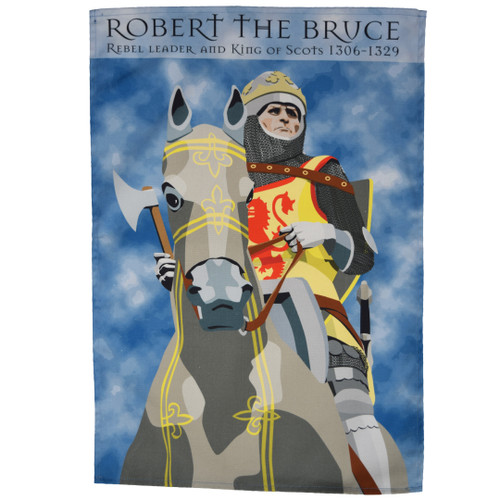"The Road Not Taken" is a poem by American poet Robert Frost, first published in 1915 and now one of the most popular poems in the English language. The poem describes two paths diverging in a wood and a traveller deciding which path to follow. But the poem’s two divergent paths are also metaphorical, with the poem’s speaker reflecting later in life that the choice of to walk down the less usual route ‘has made all the difference.’ The mainstream interpretation of the poem, then, is that one should take the road less travelled by – follow your own path rather than following the crowd.
But Frost’s poems are known for undercutting these sorts of grand statements about life. In fact, the poem makes clear that the two paths are almost indistinguishable: the paths are worn ‘really about the same, / And both that morning equally lay’. So the poem’s final lines can actually be read as a sort of tongue-in-cheek commentary on how we like to exaggerate the significance of the decisions we make in our lives. The road 'less travelled’ wasn’t really ‘less travelled’ – they were interchangeable.
Frost himself wrote the poem as a joke for his friend and fellow poet Edward Thomas, who was often indecisive about which route to take when the two went walking together: whichever road they went, Thomas would regret they hadn’t taken the other. After Frost returned to New Hampshire in 1915, he sent Thomas an advance copy of 'The Road Not Taken'. Thomas took the poem personally, and it may have been contributed to Thomas's decision to enlist as a soldier in World War One. He was killed two years later.
However you interpret the poem, we hope you enjoy this tea towel, featuring Camille Pissarro’s painting Sous-bois à Mouret.







